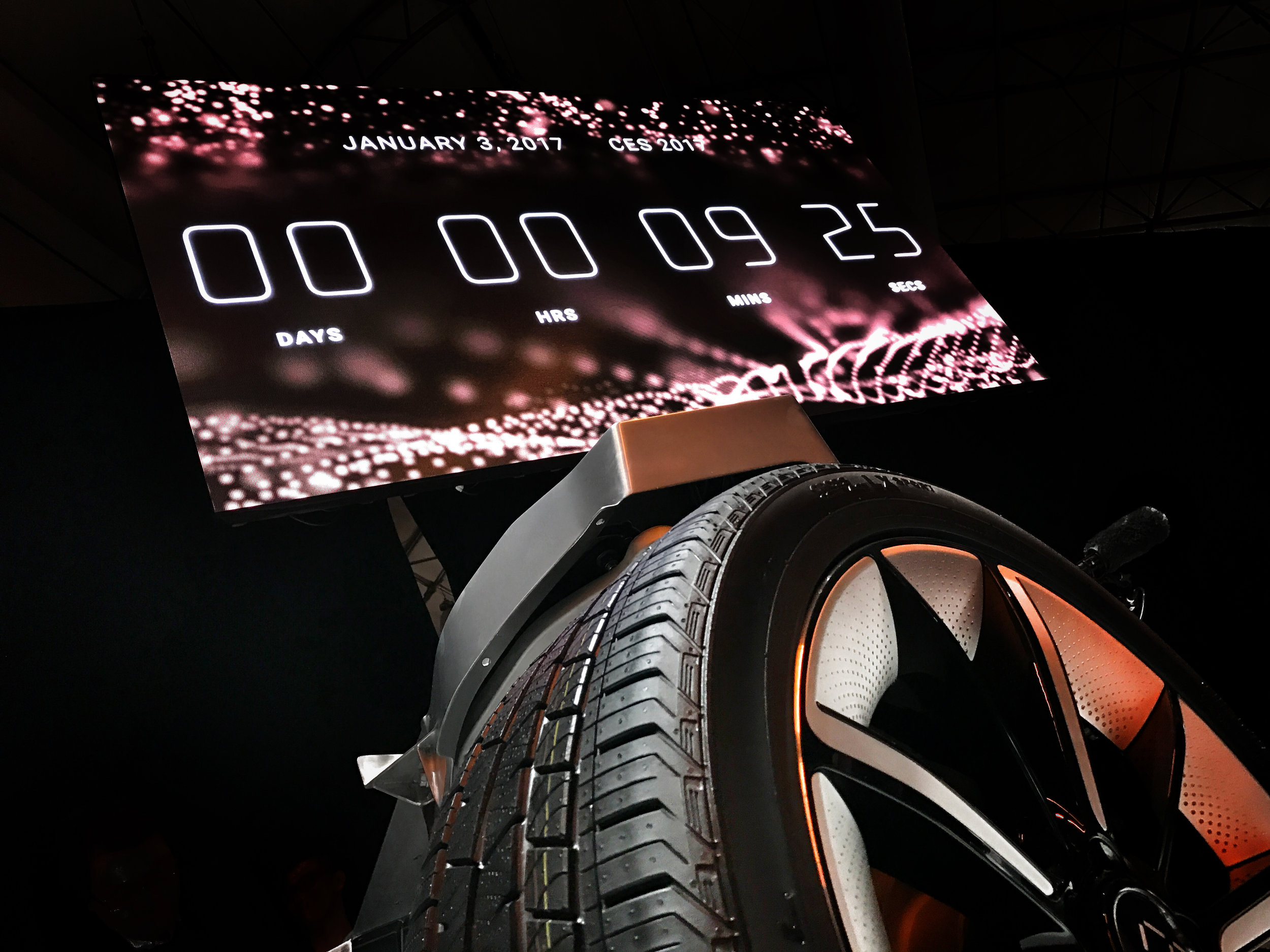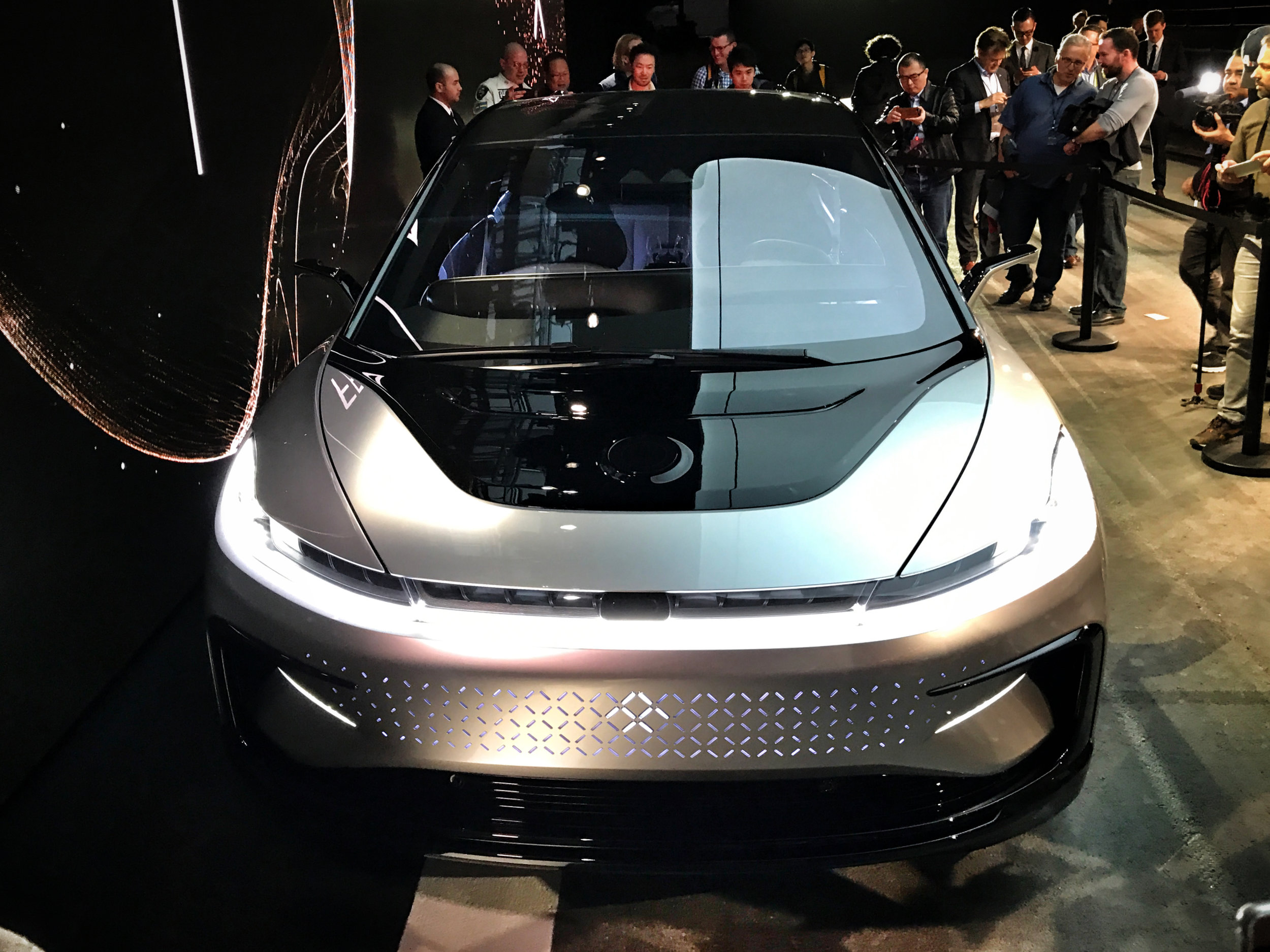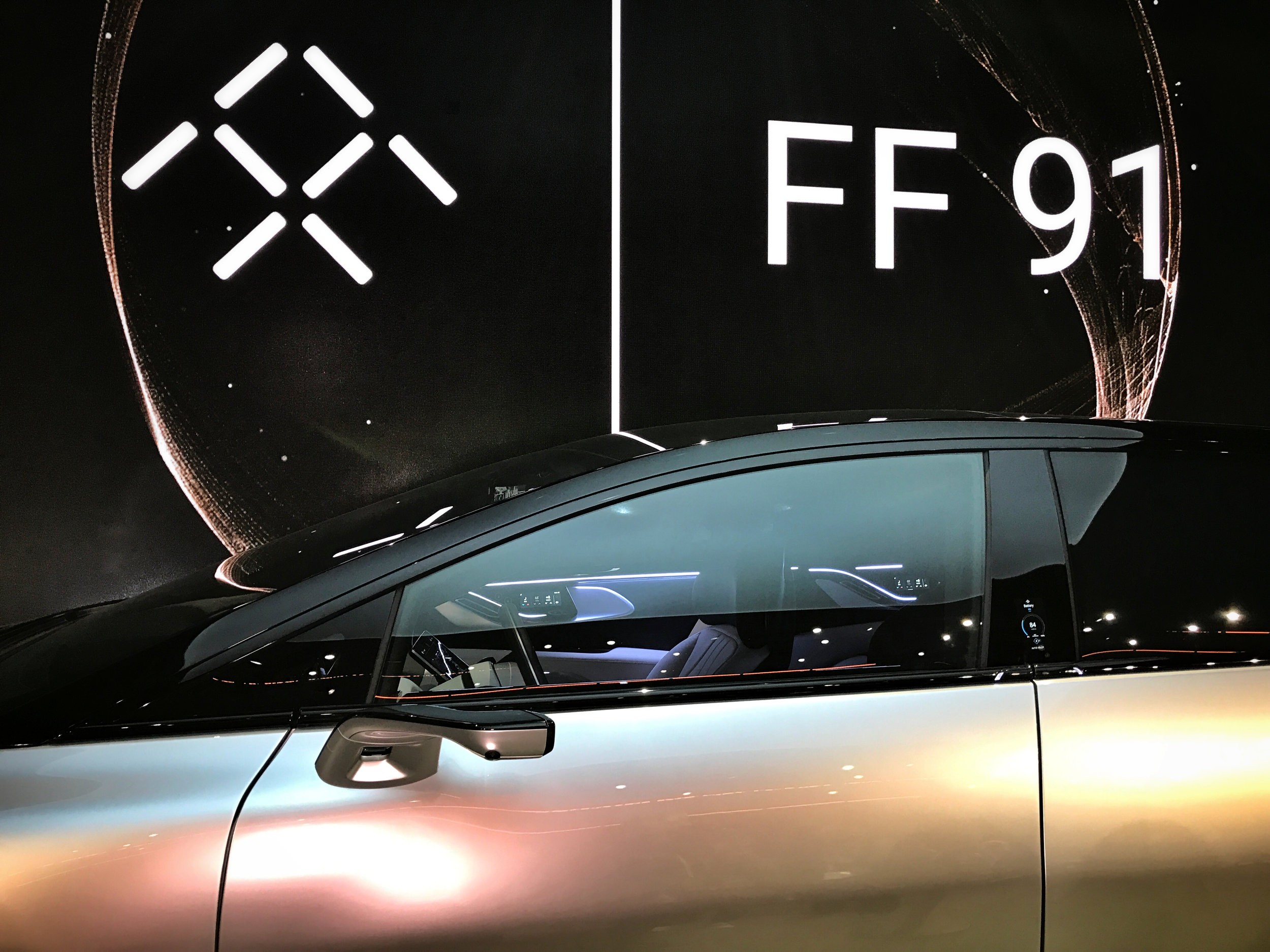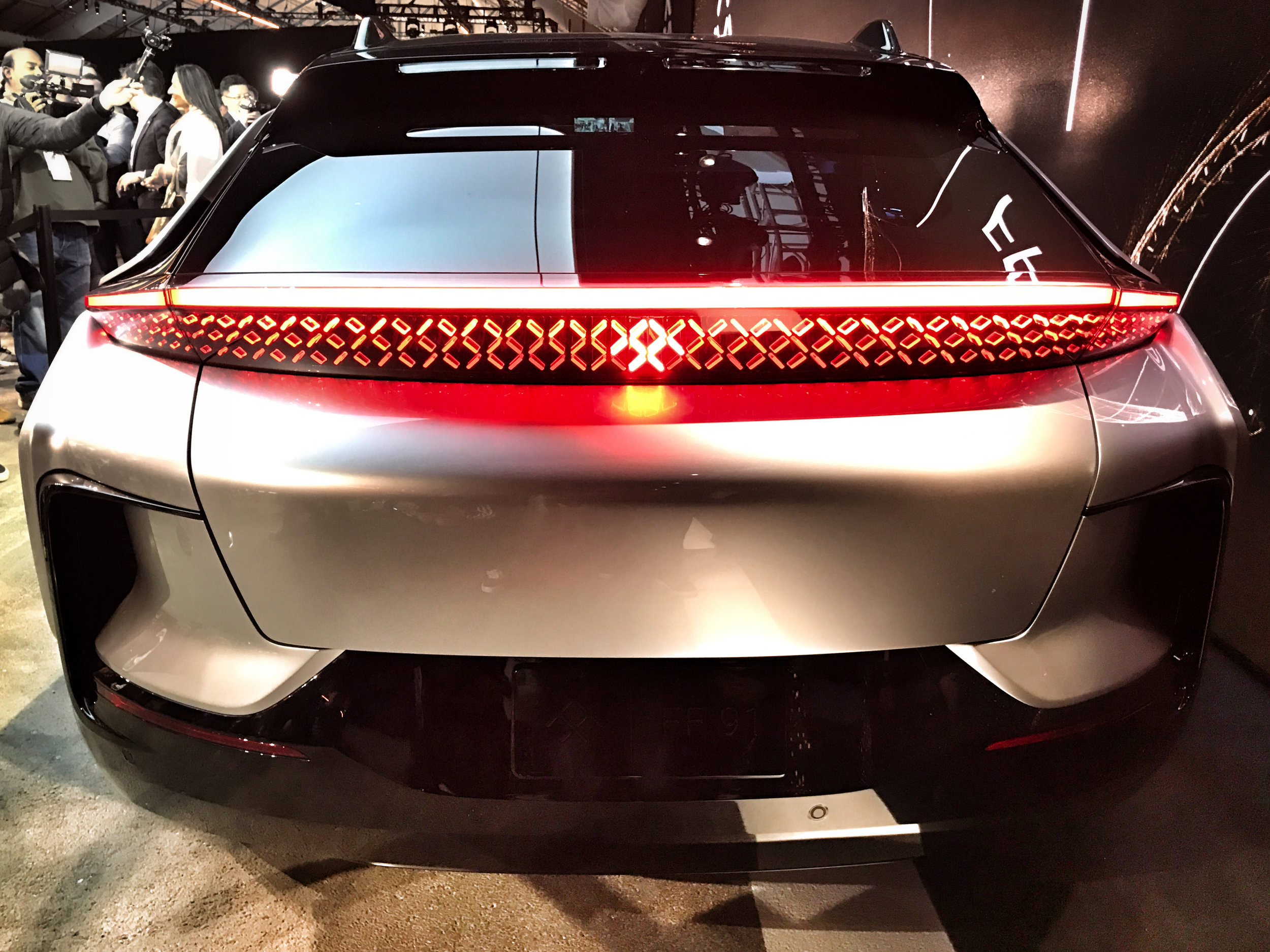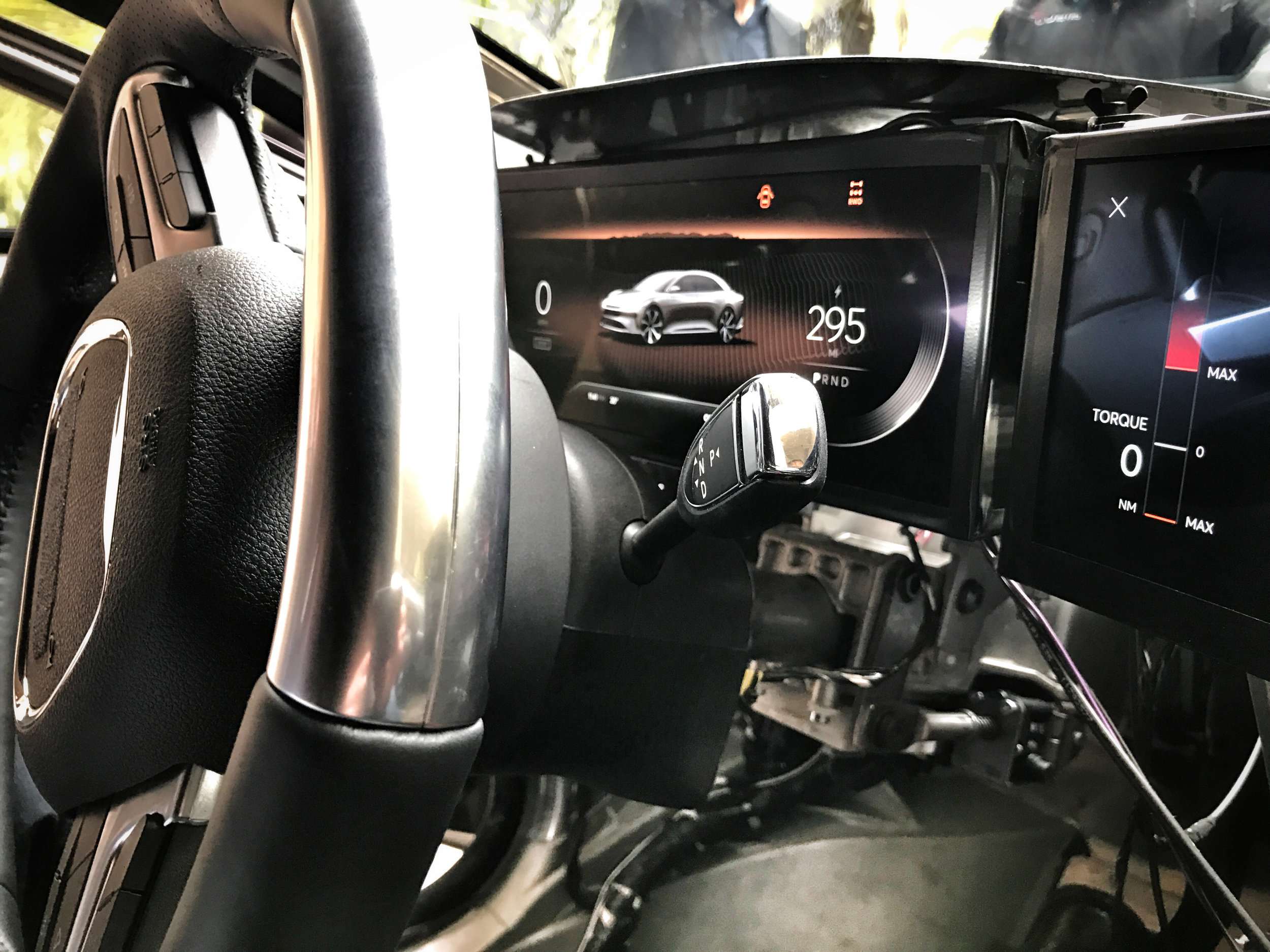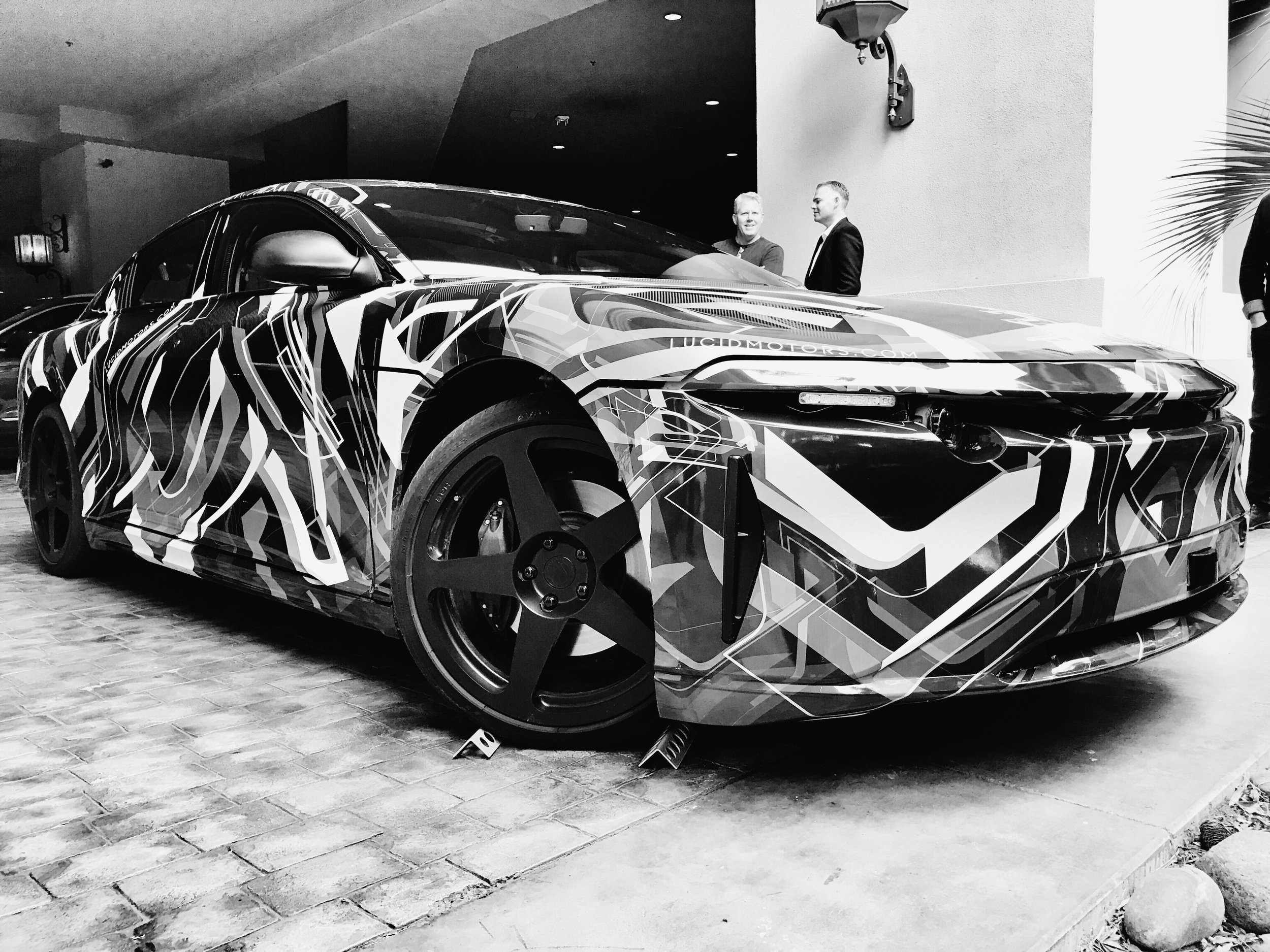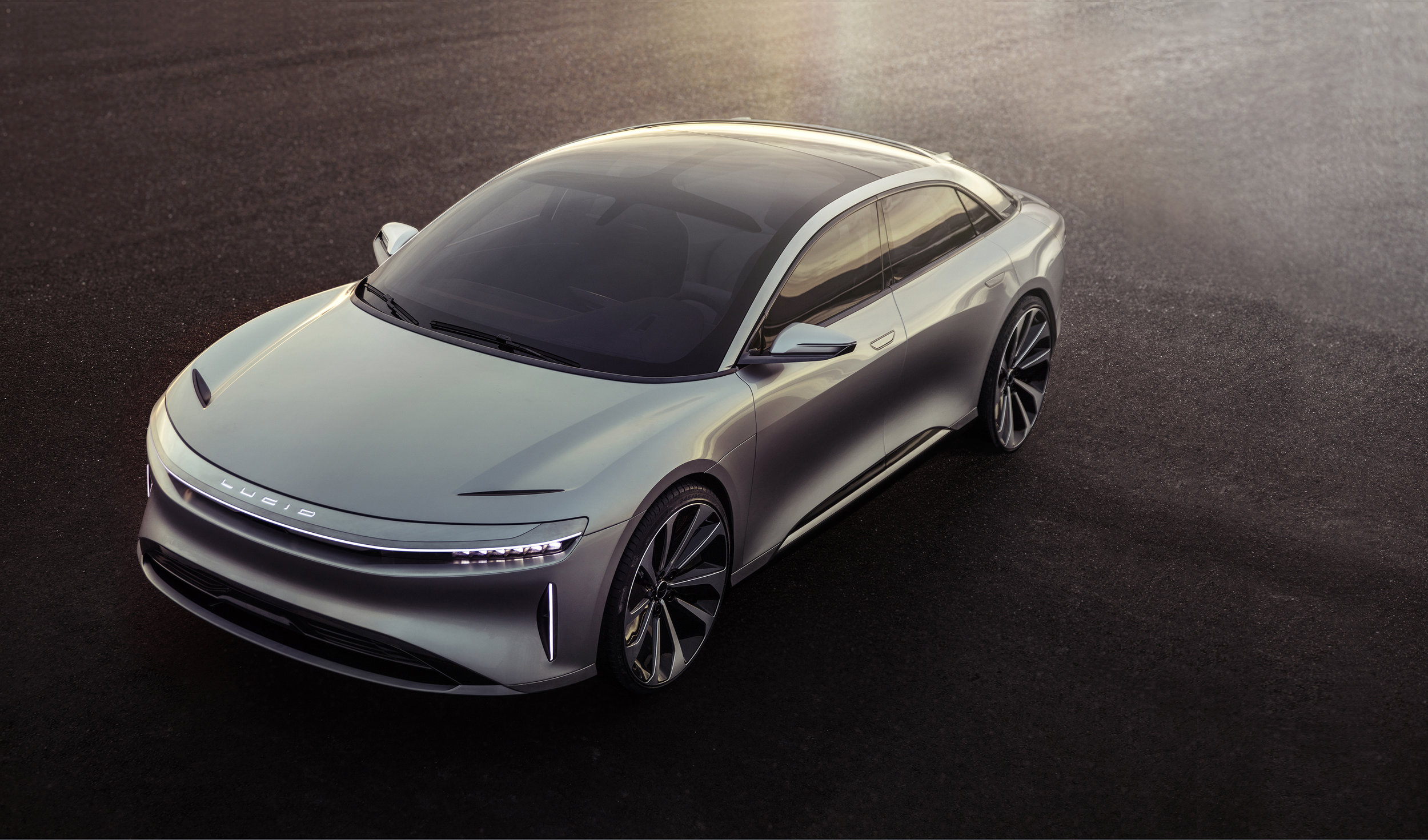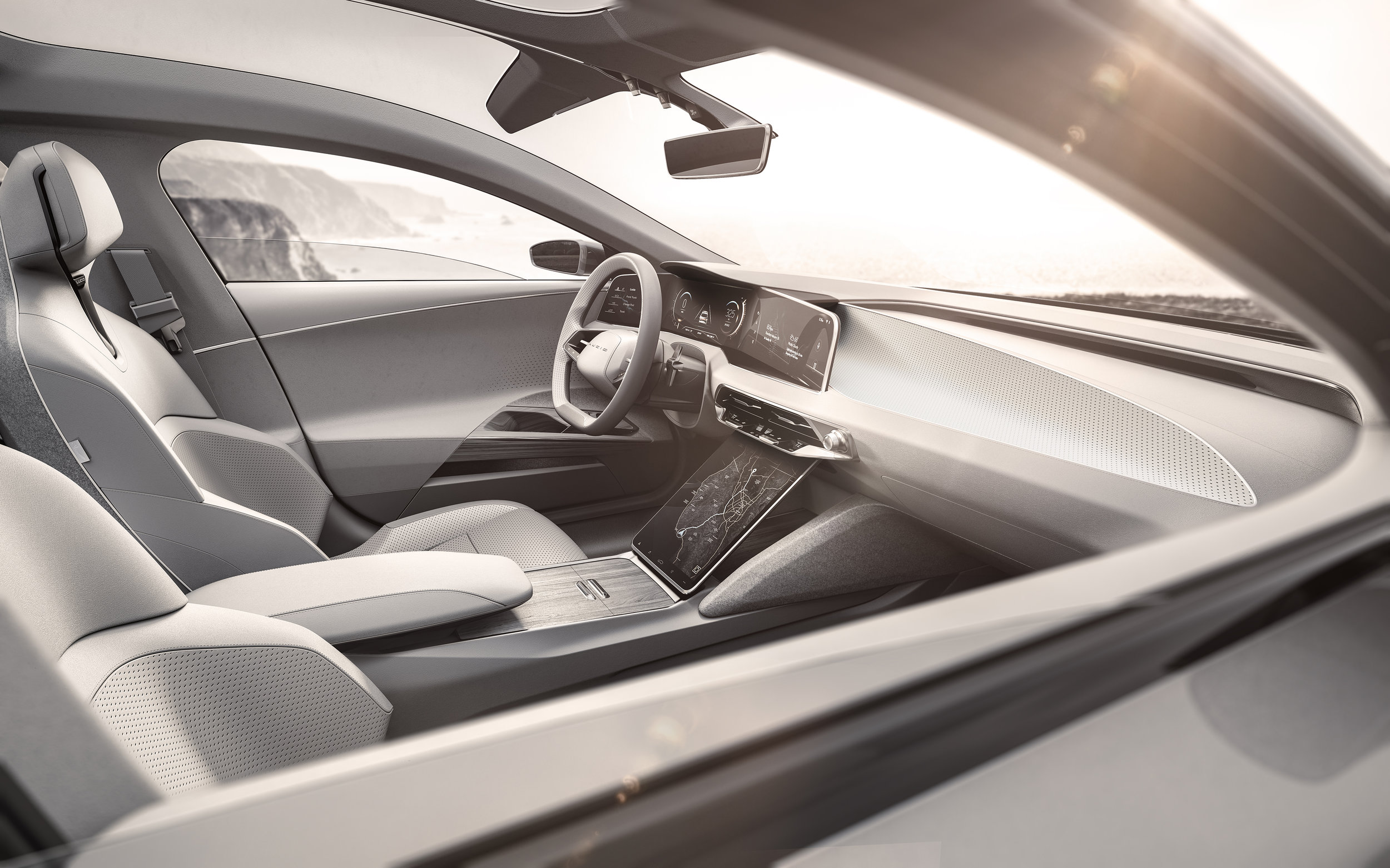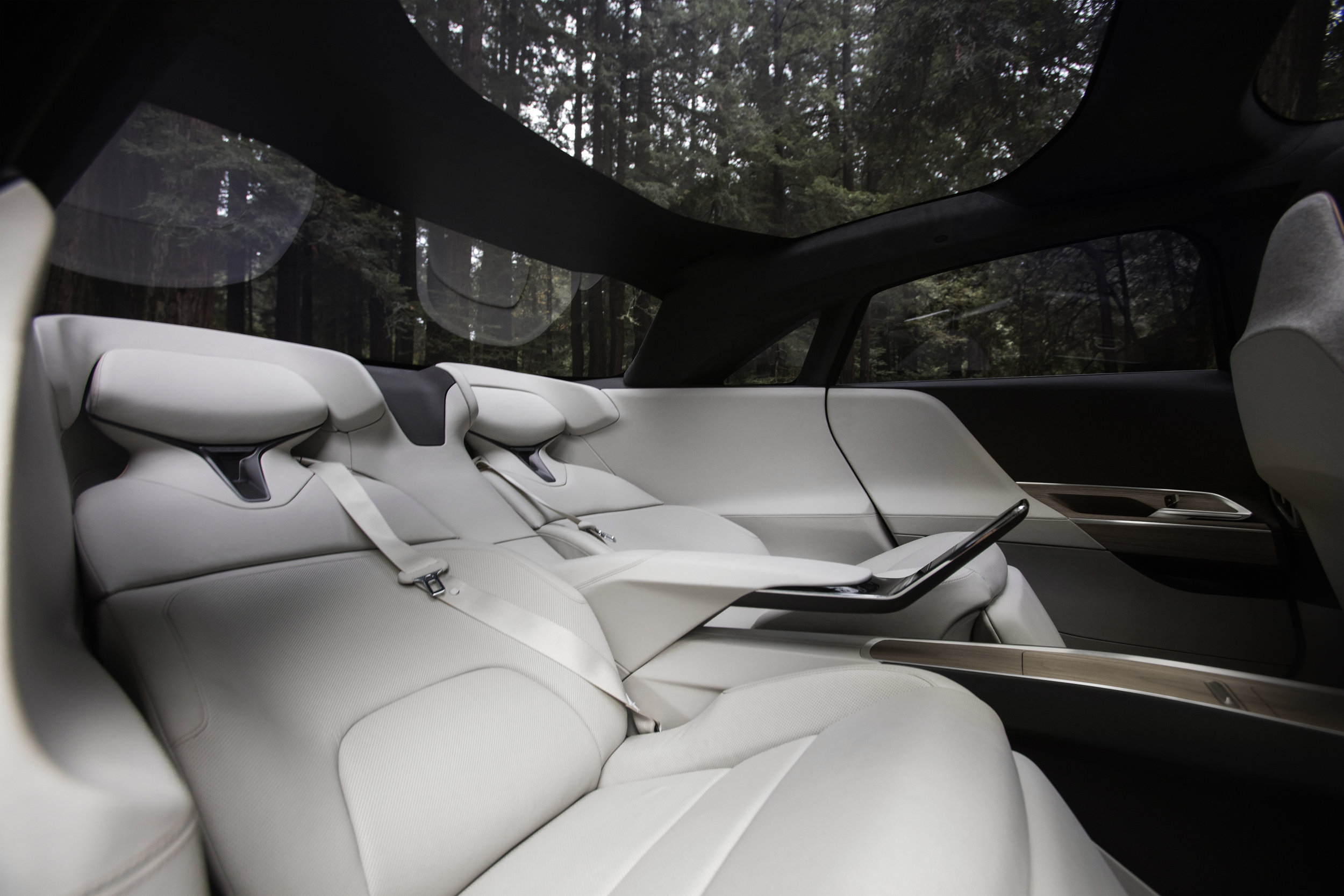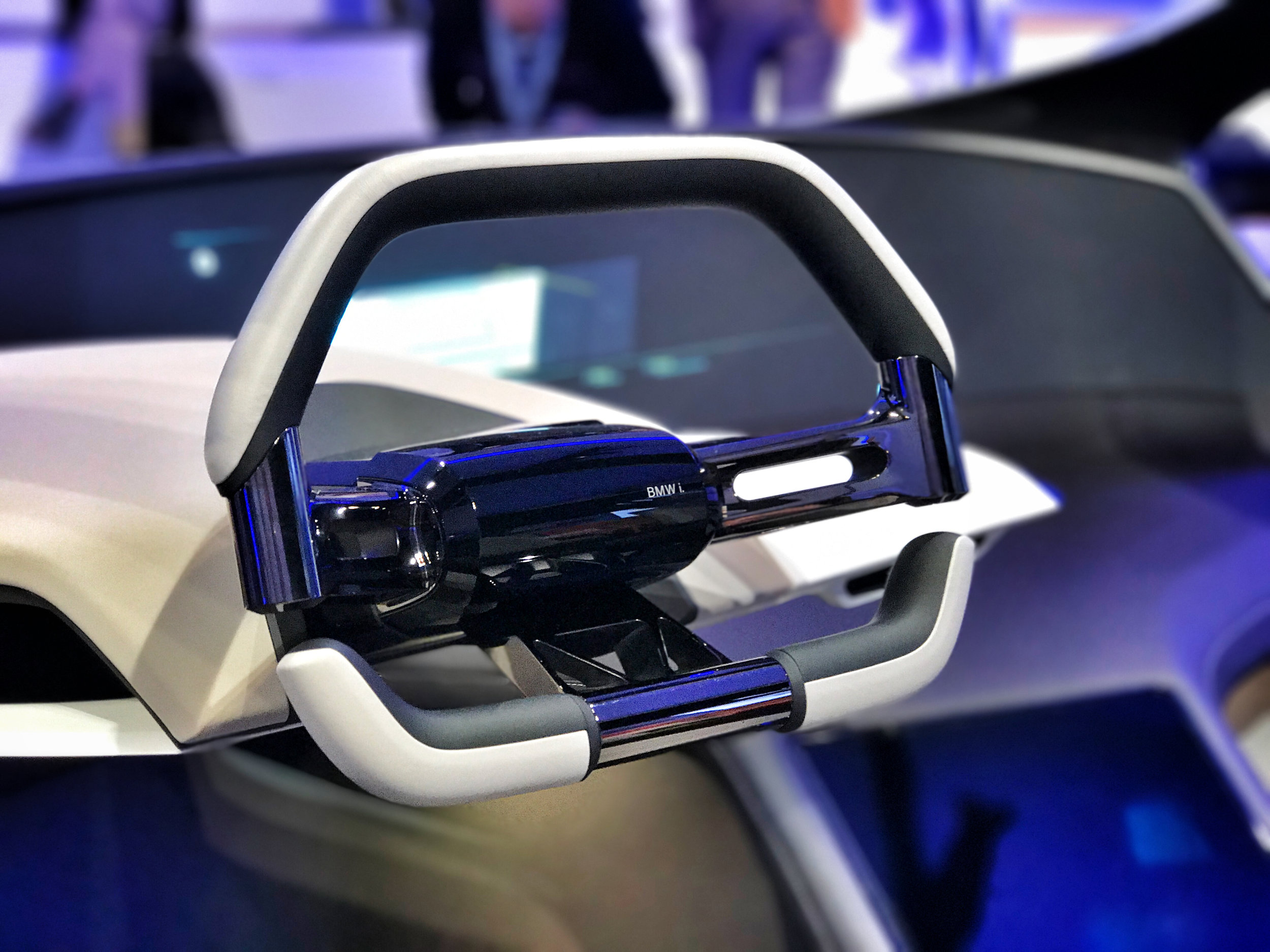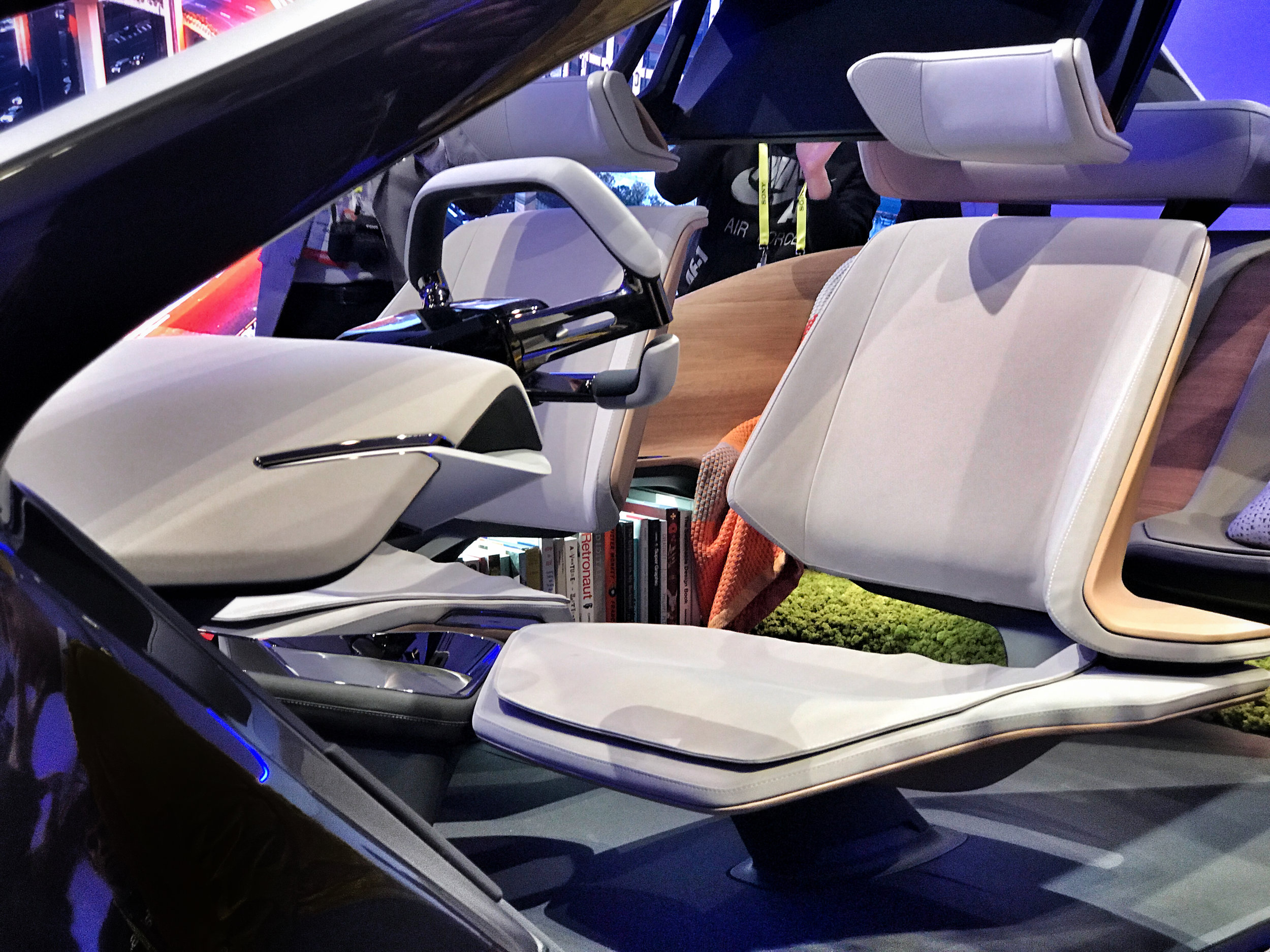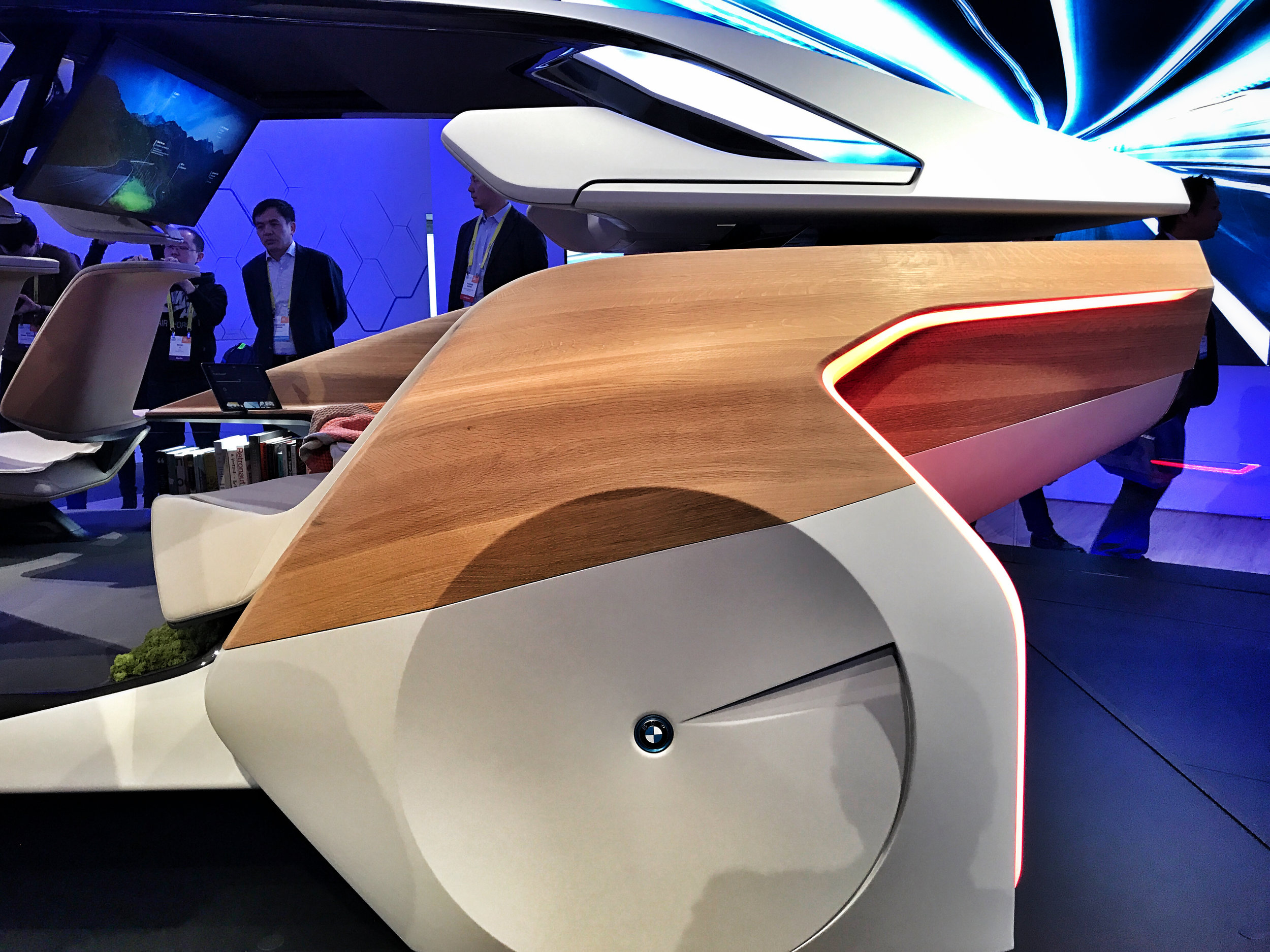Call it what you will – the Internet of Things, enchanted objects, or the connected world – most of us have been plugged into the digital network for longer than we think.
This week I’ve been immersing myself in all things connected as IBM opened the doors to their stunning new Watson IoT Center Munich. Actually, IoT doesn’t go far enough – they call it the Genius of Things.
We live in a time when a connected kettle can sit on the same network as our telephone, television, baby monitor, washing machine and every light bulb in the house. In theory, a chain of events can occur when we pull into our smartwatch-sensing garage in our connected car, unlock our smart-door and enter our digital domain, or ‘home’ as it used to be known.
This networked utopia isn’t a new concept. 1950s visions of the future foretold just such a connected world where all these wondrous gadgets were living in harmony, alongside their human masters. But who’s really in control – us or the machines?
Currently, Artificial Intelligence isn’t that intelligent and we haven’t handed over the reigns just yet because they’re not all playing nice. With so much emerging technology trying to piggyback legacy systems, we’re living in the ‘Uncomfortable Middle Ground’.
The what? UMG is that awkward grey area between the creation of platforms and devices and realising their potential. With great arm-waving comes great responsibility and the need to deliver on a promise. In order to achieve this, our connected world needs to be truly connected.
Much of the public IoT fanfare comes from existing personal assistants such as Amazon’s Alexa and Google, Apple, Samsung and Microsoft’s OS voice-botherers, but it’s what’s under the skin that really counts or you’re left with a pretty shallow experience.
I was invited to the Genius of Things Summit as a Futurist by WIRED Insider for Watson IoT. It was here that IBM and 20 clients showcased some of the stunning technology that interacts beautifully with the outside world, but does something meaningful with the data. Ricoh’s intelligent whiteboard, Panasonic’s interactive mirror and Bragi’s new Dash hearable for enterprise with built-in language translation were all perfect examples of effective IoT partnerships.
I may have an abnormal interest in future platforms and their potential impact on business and our lives as consumers, but the only time IBM has been on my radar since their early PCs is with a misinformed opinion of Watson, a chess and Jeopardy-playing super-brain. This week changed all that.
The huge glass towers project an impressive facade but the ‘FAB Lab’ and client ‘Collaboratory' inside Watson’s Head Office have a playful air about them. The work environment feels very much like a high tech college, where the IBM’ers and co-working clients all exude a genuine sense of child-like wonder and possibility.
IBM positions Watson as Cognitive Computing – a step above Artificial Intelligence, which is in turn a level above Machine Learning – and this is apparent in the Munich HQ. It’s like Stark Industries, but the Pepper and Nao robots aren’t weaponised.
The smart elevators really do talk to the smart doors, room and desk reservation system, the lights, windows and aircon. If you ever wondered what they say to each other, visit machineconversations.kone.com
We’re nudging closer to that connected vision of the future and we’ll see good (and plenty of bad) ideas fall by the wayside in the rush to offer a seamless experience. In order to be ground-breaking, you need to break a few heads, hearts and rules along the way. That top layer will always face the most criticism as it’s our first touch point but the rewards for perseverance are high when the information backbone delivers results. After my visit to Munich, I’m convinced the future’s in safe hands.





